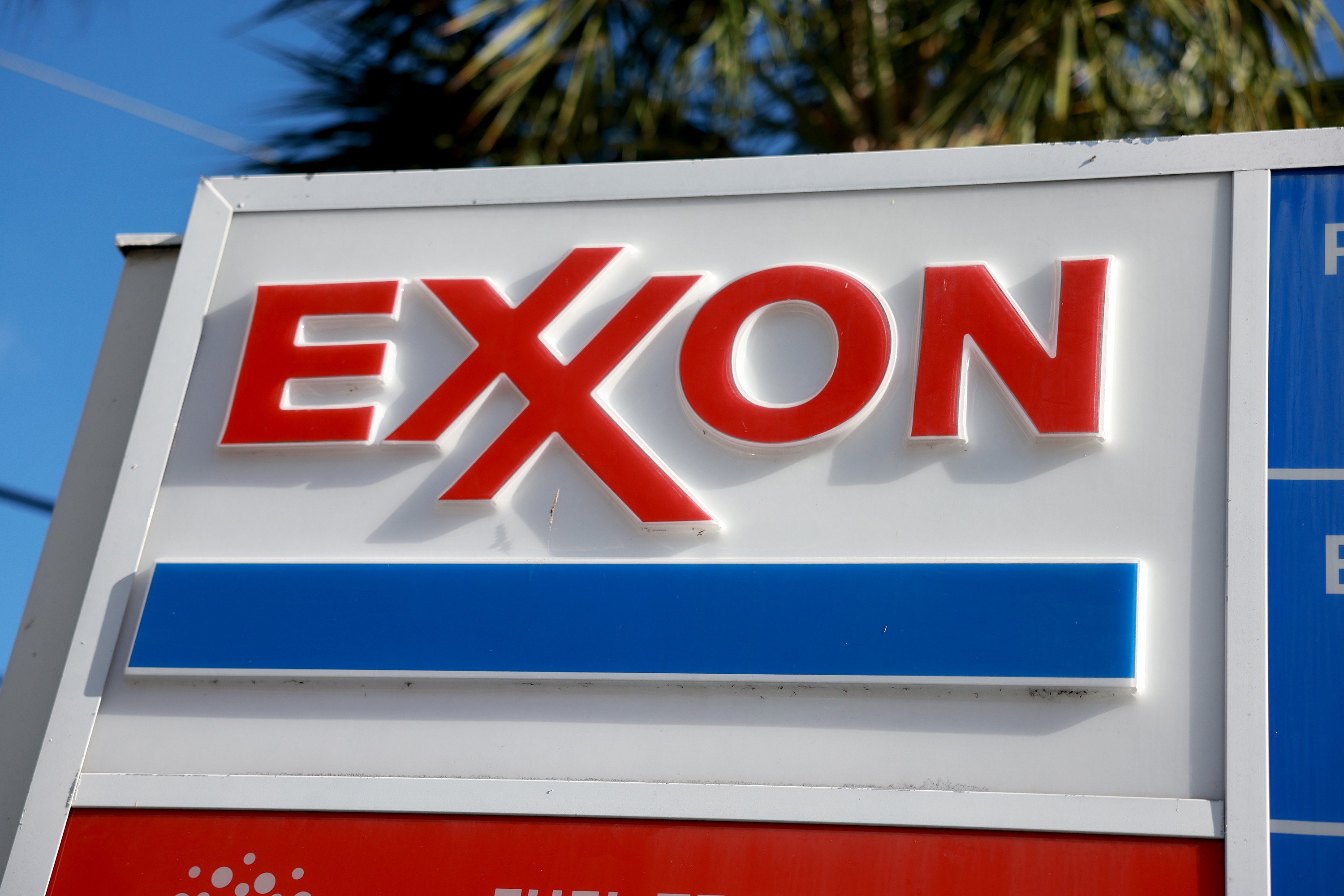It's been a long time coming. But the current earnings season is rendering it tougher to recommend the inclusion of more than a single major integrated oil and gas producer in most investment portfolios.
With the majors -- led by ExxonMobil (XOM +1.07%) -- mostly checking in with disappointing results, there's seemingly more to be said these days for packaging a combination of oil-field services companies, independent producers, refiners, and, perhaps, transporters.
Look out below
If you're an energy aficionado, you know by now that Exxon's earnings plummeted by fully 57% in the second quarter. The figure for the period was $6.86 billion, a serious decline from the $15.9 billion for the second quarter of 2012. Oh sure, the prior period included a gain from the sale of lubricants assets in Japan, along with some other properties, but even when you back out those gains, the big company's earnings slide would still have approached 20%.
On a per-share basis, Exxon earned $1.55, a "fur piece" from the $1.90 that had been expected. Revenue was down 16% year over year, to $106.47 billion.
The gap between per-share results and projections was so substantial that my usual caveat -- that even attempting to accurately model a company as sizable and complex as ExxonMobil is something of a fool's errand -- becomes essentially meaningless. A $0.35 per-share miss is a $0.35 miss under any circumstances.
All fall down
Segmenting Exxon's results yields few bright spots. Upstream earnings were $6.31 billion, a 25% decline from the $8.36 billion a year ago. Not only did oil-equivalent production fall by 1.9%, but liquids realizations also slid, and there was the need to reimburse Russia's Rosnet for past exploratory costs related to the companies' joint ventures in the Kara Sea of the Russian Arctic and the Black Sea.
Downstream earnings plummeted to $396 million, from $6.65 billion for the second quarter of 2012. Of course, $5.3 billion of that differential stemmed from last year's aforementioned gain on the sale of assets in Japan. Nevertheless, even without that item, weaker refining margins, higher planned maintenance expenses, and other factors still made for a soft quarter.
I could continue noting, for instance, that chemical earnings were about halved year over year, owing in large part to that same Japanese asset restructuring. But you get the picture: In an integrated company, upstream strength doesn't necessarily translate to downstream weakness, or vice versa. It's very possible for the various segments to all fall down in unison.
A spreading malaise
ExxonMobil was hardly the Lone Ranger among the majors in telling us about quarterly woes. Indeed, Royal Dutch Shell (NYSE: RDS-B) blamed recalcitrance in its U.S. shale holdings for a significant portion of its 60% year-over-year earnings plunge. And on Friday, Chevron (CVX +0.47%), the second-largest U.S.-based integrated producer, said that lower oil prices and lingering effects from its year-ago refinery fire in California resulted in a 26% reduction in earnings.
Returning to my theme of the increasing dubiousness of the integrated model for oil and gas producers, as you can imagine, the post-release call presentation by David Rosenthal, Exxon's vice president of investor relations, was hardly uplifting. In fact, one of Rosenthal's most-positive comments was:
We have also commenced evaluation of multiple ventures in the Three Forks reservoir as part of a larger Bakken project...This initiative has a goal of increasing recovery, identifying further drilling and completion efficiencies, and better defining resource size and distribution across our 580,000 net acres of leasehold.
A better approach
Fine. The Bakken is obviously a key area of interest for those who follow oil and gas production in the U.S.
But by investing in the play through, for instance, stellar independent operator EOG Resources (EOG +0.55%), I'm also buying shares in the biggest producer in the hot Eagle Ford play, and losing the possibility of being dragged down by refinery fires. In fact, it's noteworthy that EOG is expected to report an approximately 50% year-over-year increase in per-share earnings when it tells us about its quarter on Wednesday.
None of this is to urge Fools to completely eschew the major integrated companies. But, as never before, using shares in ExxonMobil as a proxy for investment in conventional energy is clearly not the way to go.








